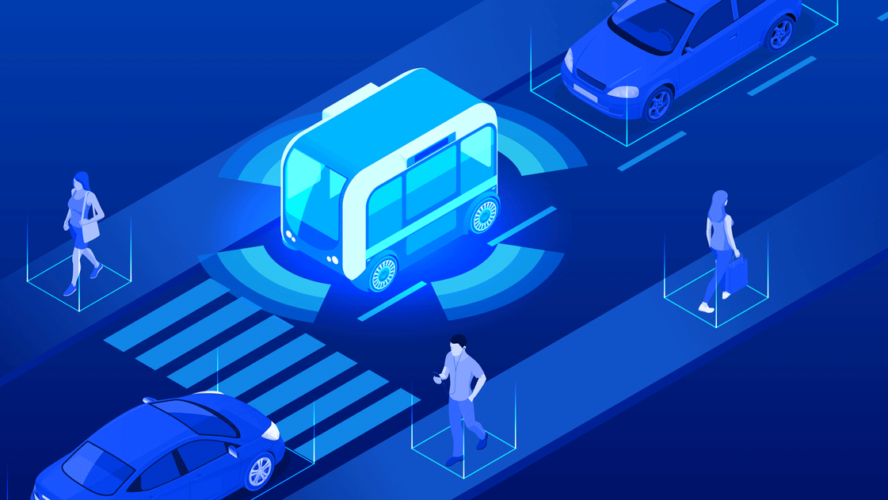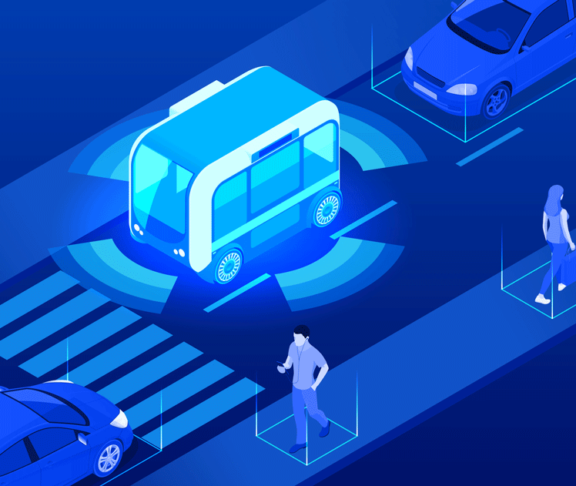
Ashley Feldman
Programme Manager for Transport and Smart Cities, techUK
As the industry responsible for the movement of people and goods, the transport sector affects everyone in society. Through connecting communities and economic hubs, it is a foundation of our economy.
Despite this critical role, the transport sector has been one of the slowest to embrace innovation. The sector is also faced with significant challenges to overcome, from improving safety to reaching net zero by 2050.
The automation of transport presents us a unique opportunity. It can make the network safer, cleaner, cheaper and more efficient. Airports, for example, have been making use of automated mobility within operations for years. Distribution centres have been using it to move goods around sites with streamlined efficiency. Groceries can now be delivered to your door by autonomous delivery robots across the country.
When happens then, when we push the paradigm. When automated systems don’t just deliver our shopping, but deliver our children to school and parents to hospital appointments. Putting this level of trust in machines warrants a national conversation around how much risk we are prepared to accept and how safe is safe enough. These are not easy questions to answer and often tied into wider ethical debates.
It’s time to embrace the future of
transport. Automation is a powerful
tool that can transform the sector.
A positive first step is building trust and confidence in the technology and an understanding of how automated transport will improve people’s lives at the individual level. The industry must take steps to ensure it knows its end-user when designing solutions if we are to build systems that are inclusive and have a social license to operate.
Experience is also key. When people take their first ride in a self-driving car, the initial feeling tends to be intrigue, perhaps a little anxiety, but within a few minutes, boredom. That’s a good thing because it means the driving experience is something uneventful and already familiar to us. The other critical element is regulation. We need legal systems that set the expectation and assurance frameworks for the sector. Regulations are critical for driving standards, fostering innovation and building trust with the public. This should be based on transparency, reciprocity and a culture of iterating and innovating.
It’s time to embrace the future of transport. Automation is a powerful tool that can transform the sector. But we must remember who it is we are creating for and ensure everyone is on-board for the ride.

